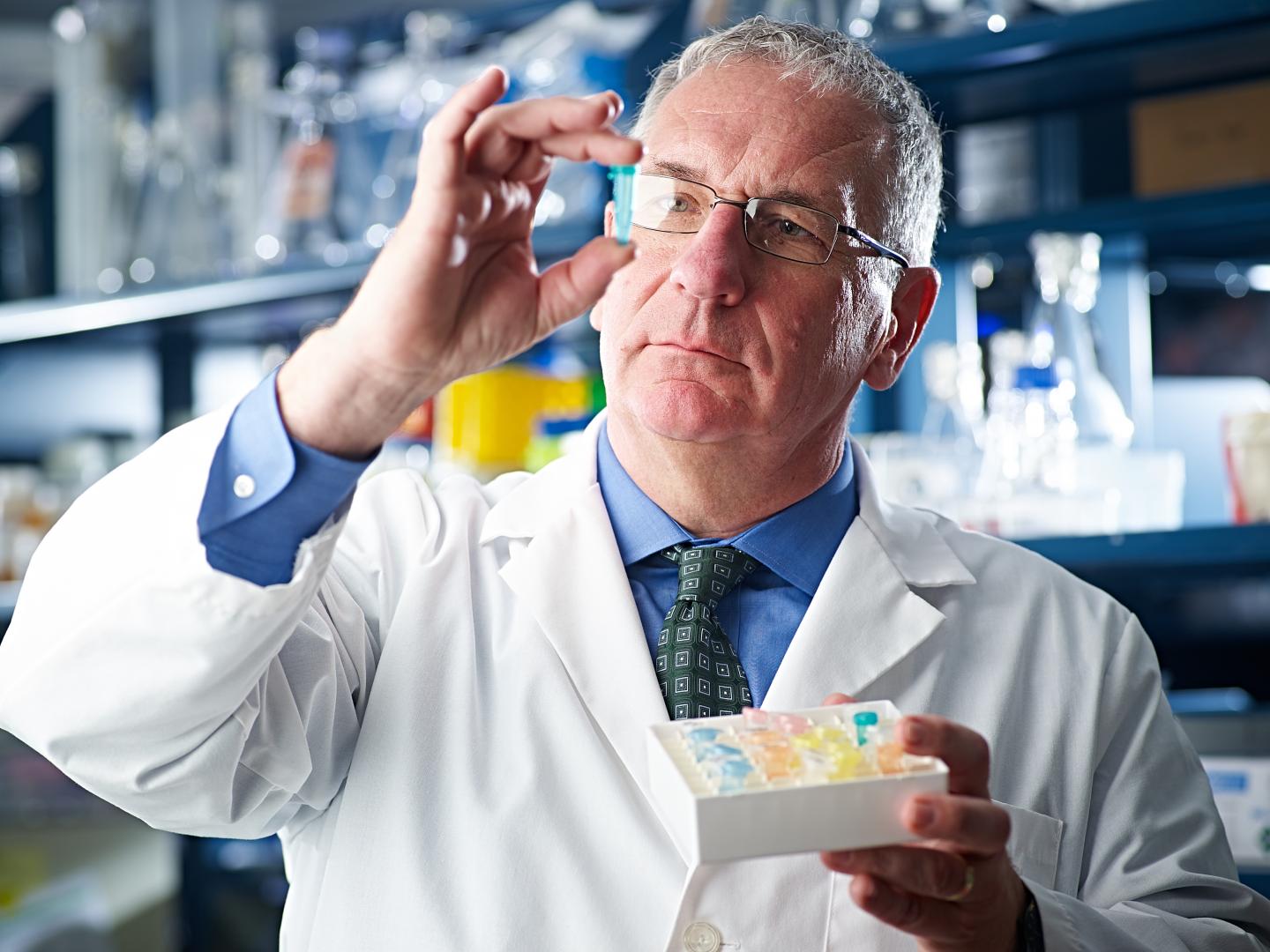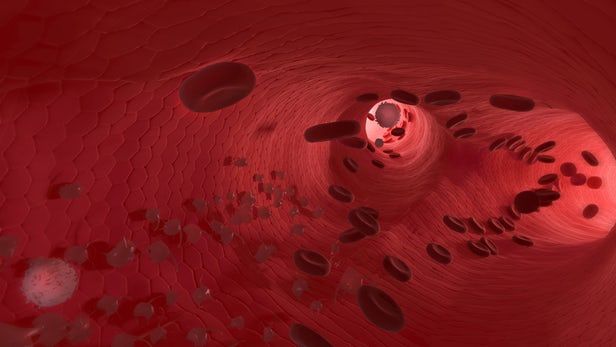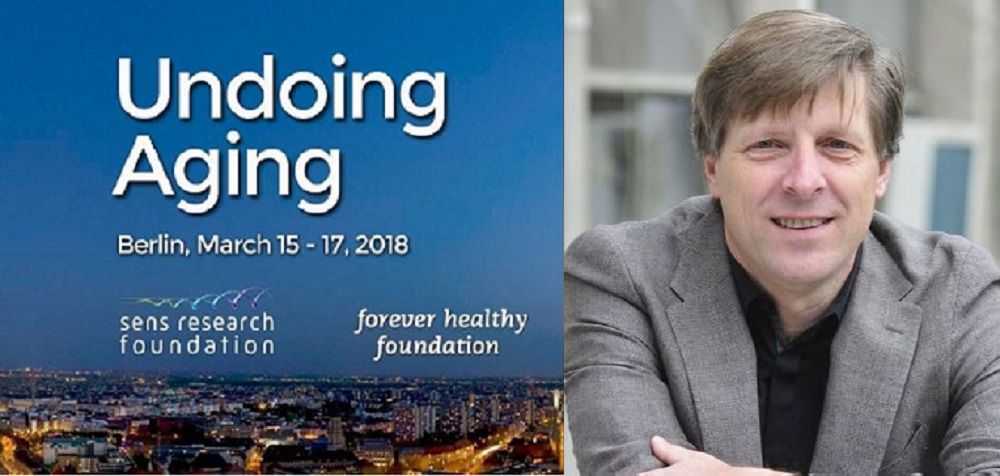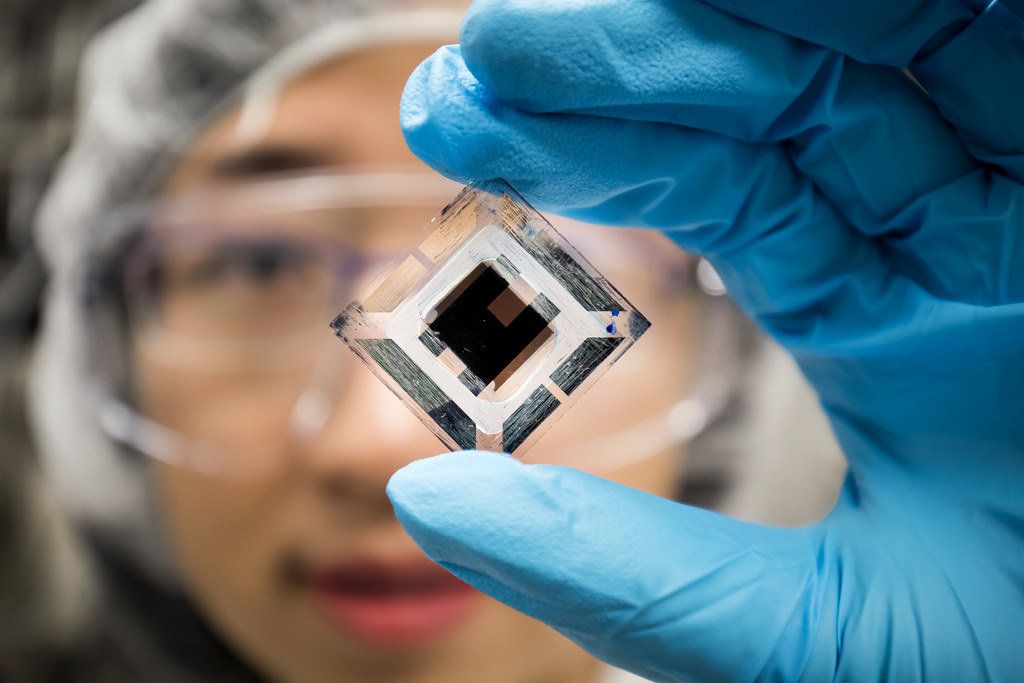Page 9825
Apr 24, 2018
Avio eyes larger chunk of smallsat launch market
Posted by Genevieve Klien in category: satellites
WASHINGTON — The light-lift Vega rocket is Europe’s vehicle of choice for small satellites, but has mainly launched spacecraft weighing hundreds of kilograms. While that’s smaller than what Arianespace normally launches on an Ariane 5 or Soyuz, it’s not the “small” that people generally think of when they think smallsats.
Last week, Arianespace signed a contract with smallsat rideshare organizer Spaceflight Industries of Seattle to conduct two Vega launches with a new adaptor for cubesats and microsats. The first of those launches is expected no sooner than 2019.
Spaceflight will line up the passengers for the Small Spacecraft Mission System (SSMS), an adapter developed by the European Space Agency to accommodate 10 to 15 smallsats ranging from single-digit-kilogram cubesats to microsats up to 400 kilograms.
Apr 24, 2018
Researchers use CRISPR to edit DNA outside of the cell for the first time
Posted by Manuel Canovas Lechuga in categories: bioengineering, biotech/medical, genetics, health
Wilmington, DE, April 19, 2018 — Scientists at Christiana Care Health System’s Gene Editing Institute have developed a potentially breakthrough CRISPR gene-editing tool. It could allow researchers to take fragments of DNA extracted from human cells, put them into a test tube, and quickly and precisely engineer multiple changes to the genetic code, according to a new study published today in the CRISPR Journal.
Investigators at the Gene Editing Institute, which is part of the Helen F. Graham Cancer Center & Research Institute at Christiana Care, said their new “cell-free” CRISPR technology is the first CRISPR tool capable of making multiple edits to DNA samples “in vitro,” which means in a test tube or petri dish. The advance could have immediate value as a diagnostic tool, replicating the exact genetic mutations found in the tumors of individual cancer patients. Mutations that cause cancer to spread can differ from patient to patient, and being able to quickly identify the correct mutation affecting an individual patient can allow clinicians to implement a more targeted treatment strategy.
“With this new advance, we should be able to work with laboratory cultures and accomplish gene edits in less than a day, significantly reducing the time required for diagnostics compared to other CRISPR tools, and with much greater precision,” said Eric Kmiec, Ph.D., director of the Gene Editing Institute and principal author of the study. “This is particularly important for diagnostics linked to cancer care where time is critical.”
Apr 24, 2018
This Neurologist Found Out What Happens to Our Brains When We Die
Posted by Genevieve Klien in category: neuroscience
Apr 24, 2018
Astronomers Witness a Galactic “Megamerger” from the Beginning of the Universe
Posted by Genevieve Klien in category: cosmology
A team of international astronomers managed to observe 14 individual galaxies about to undergo an “megamerger” and become one humongous galaxy. This cataclysmic, yet formative process of our universe gives researchers the ability to see how celestial structures formed not too long after the Big Bang.
Apr 24, 2018
Antioxidant found to wind back the clock on blood vessel function
Posted by Genevieve Klien in categories: biotech/medical, life extension
Much mystery surrounds the physiological processes by which humans age, but scientists are learning more all the time. With this knowledge come new possibilities around how we can not only slow them down, but possibly even reverse them. A new breakthrough at the University of Colorado is the latest advance in the area, demonstrating how a chemically altered nutritional supplement may well reverse aging of the blood vessels, in turn giving cardiovascular health a vital boost.
The human body is pretty good at fending off oxidative stress when we’re young, protecting molecules from critical damage caused by rogue molecules known as free radicals. These are molecules that have found themselves with at least one unpaired electron, so they set off in search of a match, often robbing another molecule of theirs and setting off a chain reaction of irreversible molecular damage.
Apr 24, 2018
Undoing Aging with Brian Kennedy
Posted by Steve Hill in categories: biotech/medical, life extension
An interview from the recent Ending Aging conference in Berlin with professor Brian Kennedy which we did in collaboration with Anna Dobryukha from Komsomolskaya Pravda.
The Undoing Aging conference, a collaboration between the SENS Research Foundation and Michael Greve’s Forever Healthy Foundation, took place on March 15–17 in Berlin, which saw many researchers, advocates, investors, and other important members of the longevity community gather together to learn about the latest progress in rejuvenation biotechnology.
LEAF arranged a travel grant for Anna Dobryukha, one of the best Russian journalists writing about aging, longevity, and rejuvenation research, to join us, so it made sense to collaborate with her on the most interesting interviews. Anna works for Komsomolskaya Pravda, one of the largest Russian publishing houses, which has a newspaper, a radio station, and a website with over 40 million readers. Anna has also published an article based on this and other interviews taken during the conference which you can find here.
Apr 24, 2018
Organic solar cells reach record efficiency, benchmark for commercialization
Posted by Bill Kemp in categories: solar power, sustainability
In an advance that makes a more flexible, inexpensive type of solar cell commercially viable, University of Michigan researchers have demonstrated organic solar cells that can achieve 15 percent efficiency.
This level of efficiency is in the range of many solar panels, or photovoltaics, currently on the market.
“Organic photovoltaics can potentially cut way down on the total solar energy system cost, making solar a truly ubiquitous clean energy source,” said Stephen Forrest, the Peter A. Franken Distinguished University Professor of Engineering and Paul Goebel Professor of Engineering, who led the work.
Continue reading “Organic solar cells reach record efficiency, benchmark for commercialization” »
Apr 24, 2018
Organic agriculture is going mainstream, but not the way you think it is
Posted by Bill Kemp in categories: food, sustainability
One of the biggest knocks against the organics movement is that it has begun to ape conventional agriculture, adopting the latter’s monocultures, reliance on purchased inputs and industrial processes.
“Big Organics” is often derided by advocates of sustainable agriculture. The American food authors Michael Pollan and Julie Guthman, for example, argue that as organic agriculture has scaled up and gone mainstream it has lost its commitment to building an alternative system for providing food, instead “replicating what it set out to oppose.”
New research, however, suggests that the relationship between organic and conventional farming is more complex. The flow of influence is starting to reverse course.
Apr 24, 2018
Joining metals without welding
Posted by Bill Kemp in categories: nanotechnology, transportation
Welding is still the standard technique for joining metals. However, this laborious process carried out at high temperatures is not suitable for all applications. Now, a research team from the “Functional Nanomaterials” working group at Kiel University, together with the company Phi-Stone AG from Kiel, has developed a versatile alternative to conventional welding and gluing processes. Based on a special etching process, it enables aluminium and aluminium alloys to be joined with each other as well as with polymers, forming a durable and strong joint. They will present the prototype of a mobile joining unit at the Hannover Messe (23—27 April). They plan to commence mass production in future, after feedback from customers.
When welding, components are joined by locally melting them at the connection point. However, the high temperatures required for this influence the material in the so-called heat-affected zone, causing structural as well as optical changes. It also requires special safety precautions and appropriately qualified staff. In contrast, the process developed by the Kiel University research group led by Professor Rainer Adelung not only spares the materials to be joined, but it is also easier and more flexible to use, even in hard-to-reach places such as corners or upside down on the ceiling. In just a few minutes, metals can be permanently connected with each other, but also with polymers.
The team envisages areas of application such as ship, aircraft or vehicle production. The process is particularly well-suited for subsequently attaching components in existing constructions, for example, in the interiors of ships or cars, explained Adelung regarding possible applications. “The high temperatures of welding will destroy surfaces that have already been treated and painted, for example. Our process, on the other hand, works at room temperature without special protective measures,” said Adelung.


















